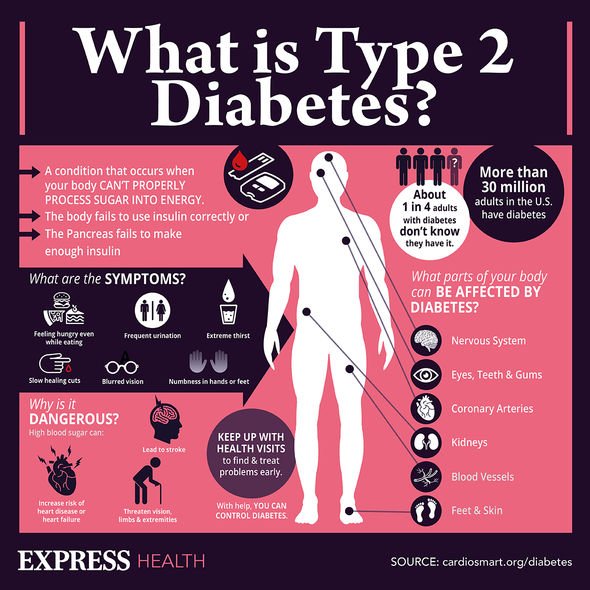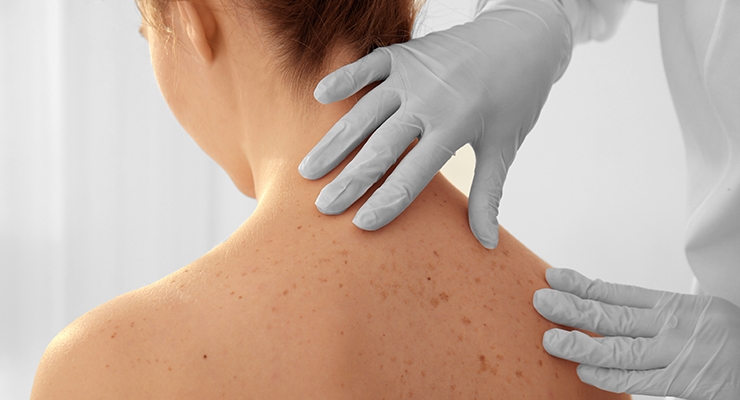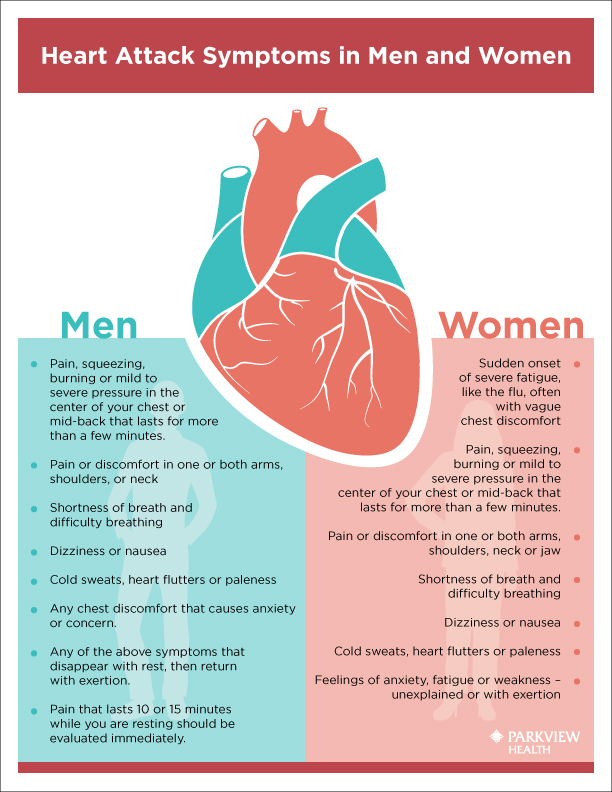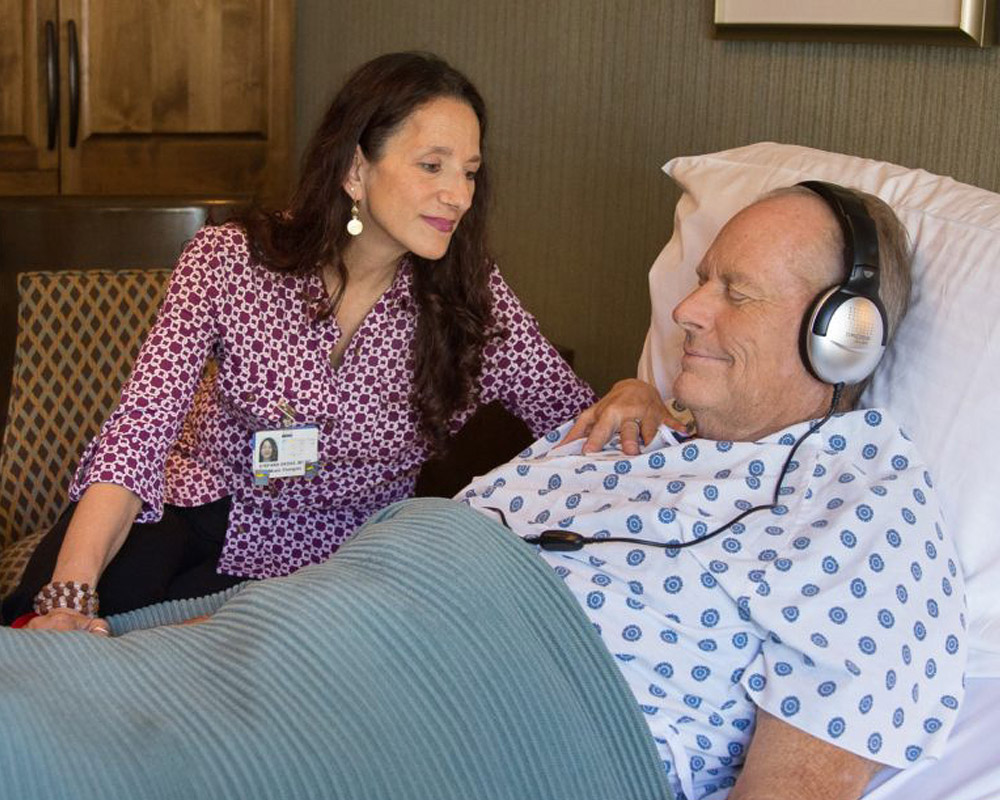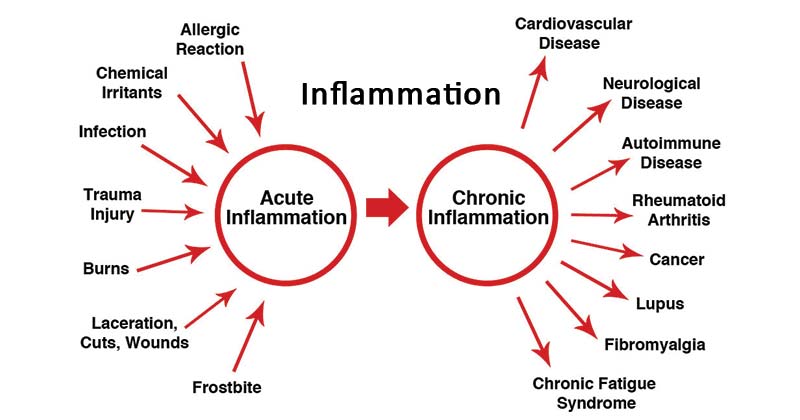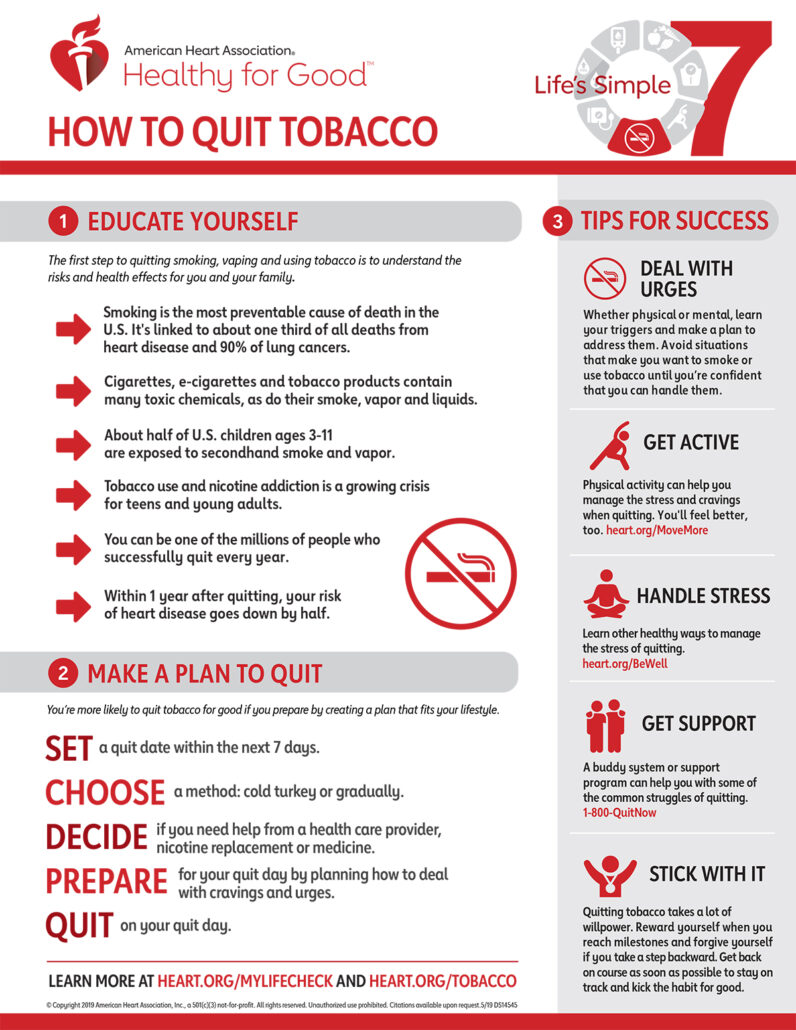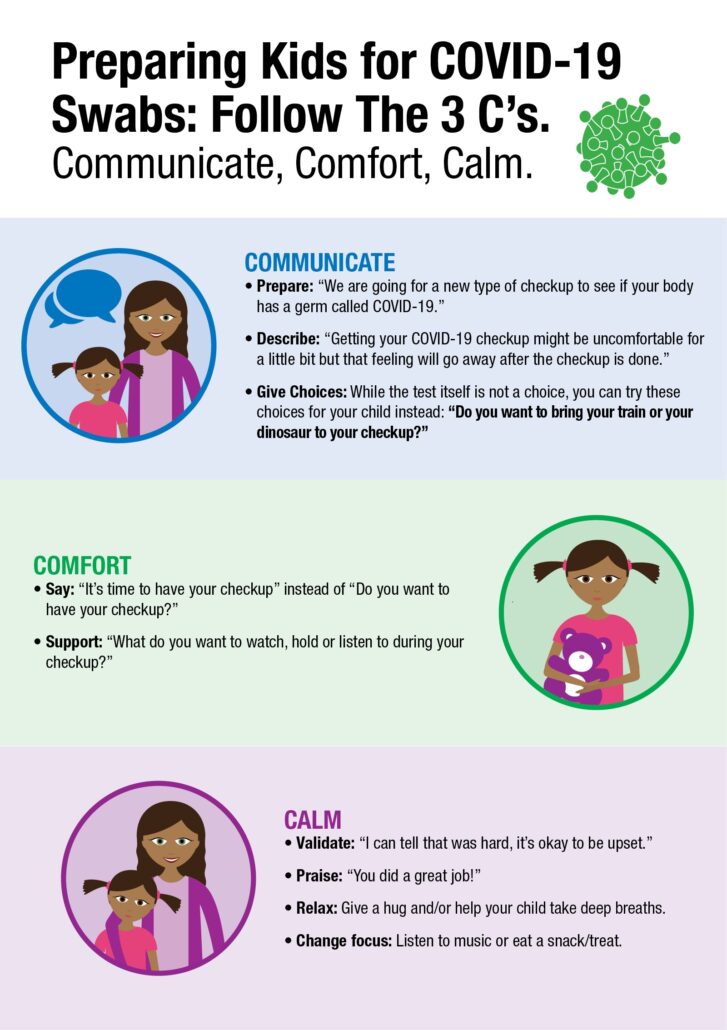What are the symptoms of type 2 diabetes?
Type 2 diabetes is the most common form of diabetes. It happens when blood sugar levels rise due to problems with the use or production of insulin.
Americans, according to the United States Centers for Disease Control and Prevention (CDC), and it accounts for 90–95 percent of diabetes cases.
This article looks at the early signs and symptoms of type 2 diabetes, the risk factors, and potential complications.
What is type 2 diabetes?
People with type 2 diabetes do not make or use insulin correctly.
Insulin is a hormone that regulates the movement of blood glucose, or sugar, into cells, which use it as energy.
When sugar cannot enter cells, this means:
- too much glucose collects in the blood
- the body’s cells cannot use it for energy
A doctor may diagnose diabetes if a person’s blood sugar levels are 126 milligrams per deciliter (mg/dl) or above after fasting for 8 hours.
Symptoms
The symptoms of high blood sugar in type 2 diabetes tend to appear gradually. Not everyone with type 2 diabetes will notice symptoms in the early stages.
If a person does experience symptoms, they may notice the following:
- Frequent urination and increased thirst: When excess glucose builds up in the bloodstream, the body will extract fluid from tissues. This can lead to excessive thirst and the need to drink and urinate more.
- Increased hunger: In type 2 diabetes, the cells are not able to access glucose for energy. The muscles and organs will be low on energy, and the person may feel more hungry than usual.
- Weight loss: When there is too little insulin, the body may start burning fat and muscle for energy. This causes weight loss.
- Fatigue: When cells lack glucose, the body becomes tired. Fatigue can interfere with daily life when a person has type 2 diabetes.
- Blurred vision: High blood glucose can cause fluid to be pulled from the lenses of the eyes, resulting in swelling, leading to temporarily blurred vision.
- Infections and sores: It takes longer to recover from infections and sores because blood circulation is poor and there may be other nutritional deficits.
If people notice these symptoms, they should see a doctor. Diabetes can lead to a number of serious complications. The sooner a person starts to manage their glucose levels, the better chance they have of preventing complications.
Symptoms in children and teens
Type 2 diabetes is more likely to appear after the age of 45 years, but it can affect children and teens who:
- have excess weight
- do not do much physical activity
- have high blood pressure
- have a family history of type 2 diabetes
- have an African American, Asian American, Hispanic American, or American Indian background
The following symptoms may occur:
- weight loss, despite increased appetite and hunger
- extreme thirst and dry mouth
- frequent urination and urinary tract infections
- fatigue
- blurred vision
- slow healing of cuts or wounds
- numbness or tingling in hands and feet
- itchy skin
If caregivers notice these symptoms, they should take the child to see a doctor. These are also symptoms of type 1 diabetes. Type 1 is less common but more likely to affect children and teenagers than adults. However, type 2 diabetes is becoming more common in young people than it was in the past.
Symptoms in older adults
At least 25.2 percent of people aged 65 and above have type 2 diabetes in the United States. They may have some or all the classic symptoms of type 2 diabetes.
They may also experience one or more of the following:
- flu-like fatigue, which includes feeling lethargic and chronically weak
- urinary tract infections
- numbness and tingling in the hands, arms, legs, and feet due to circulation and nerve damage
- dental problems, including infections of the mouth and red, inflamed gums
Early signs
Most people do not experience symptoms in the early stages, and they may not have symptoms for many years.
A possible early sign of type 2 diabetes is darkened skin on certain areas of the body, including:
- the neck
- the elbows
- the knees
- the knuckles
This is known as acanthosis nigricans.
Other early symptoms include:
- frequent bladder, kidney, or skin infections
- cuts that take longer to heal
- fatigue
- extreme hunger
- increased thirst
- urinary frequency
- blurred vision
A person may have mild or subtle symptoms for many years, but these can become in time. Further health problems can develop.
Prediabetes and diabetes prevention
A person with blood sugar levels of 100–125 mg/dl will receive a diagnosis of prediabetes. This means that their blood sugar levels are high, but they do not have diabetes. Taking action at this stage can prevent diabetes from developing.
According to a 2016 report published in The Journal of the American Board of Family Medicine, 33.6 percent of people aged 45 years and older had prediabetes in 2012.
The CDC estimate that around 84 million
Complications
Diabetes may cause a number of health complications if people do not manage it properly. Many of these are chronic, or long-term, but they can become life-threatening. Others need immediate medical attention as soon as they appear.
Emergency complications
Complications can arise quickly if blood sugar rises or falls too far.
Hypoglycemia
If blood glucose dips below 70 mg/dl, this is hypoglycemia, or low blood sugar.
This can happen if a person who uses insulin takes more than they need for a particular time.
A home blood glucose test can check for hypoglycemia.
It is vital to know the early signs of hypoglycemia, as it can progress quickly, resulting in seizures and a coma. In the early stages, however, it is easy to treat.
Symptoms of hypoglycemia include:
- confusion
- dizziness
- feeling faint
- heart palpitations
- rapid heartbeat
- mood changes
- loss of consciousness
- sweating
- clamminess
If symptoms are mild, a person can often resolve low blood sugar levels by consuming:
- a few pieces of hard candy
- a cup of orange juice
- a teaspoon of honey
- a glucose tablet
The person should then wait 15 minutes, test their blood sugar, and if it is still low, they should take another glucose tablet or sweet.
When levels return to above 70 mg/dl, the person should eat a meal, to stabilize their glucose levels.
If they remain low for 1 hour or longer, or if symptoms worsen, someone should take the person to the emergency room.
Anyone who has frequent or severe hypoglycemic episodes should speak to their doctor, as they may need to adjust their treatment plan.
Hyperglycemia and diabetic ketoacidosis (DKA)
If blood sugar levels rise too far, hyperglycemia can result. If a person notices increased thirst and urination, they should check their blood sugar levels.
It the level is above the target level that their doctor recomends, they take appropriate action.
Without treatment, high a person with hyperglycemia can develop diabetic ketoacidosis (DKA), which happens when high levels of ketones collect in the blood, making it too acidic. For this reason, the person should also test their ketone levels.
Ketoacidosis can lead to:
- difficulty breathing
- a fruity smell on the breath
- a dry mouth
- nausea and vomiting
- coma
It can be life-threatening. A person with these signs and symptoms should seek immediate medical attention.
People who regularly experience high blood sugar should speak to their doctor about adjusting their treatment plan.
Blood glucose testing kits and ketone testing kits are available for purchase online. People should check with their doctor how often they need to test.
Long-term complications
Keeping blood glucose within target levels can prevent complications that can become life-threatening and disabling over time.
Some possible complications of diabetes are:
- heart and blood vessel diseases
- high blood pressure
- nerve damage (neuropathy)
- foot damage
- eye damage and blindness
- kidney disease
- hearing problems
- skin problems
Effective management of blood glucose levels can reduce the risk of complications.
Diagnosis and treatment
A doctor can diagnose type 2 diabetes with blood tests that measure blood glucose levels. Many people discover they have high blood sugar during a routine screening test, but anyone who experiences symptoms should see a doctor.
Treatment aims to keep blood glucose levels stable at a healthy level and prevent complications. The main ways to do this are through lifestyle measures.
These include:
- following a healthful diet
- reaching and maintaining a healthy weight and body mass index (BMI)
- doing physical activity
- getting enough sleep
- avoiding or quitting smoking
- taking medications or insulin as the doctor recommends
Outlook
There is currently no cure for diabetes, but most people with the condition can lead a healthful life by managing their condition properly.
People who maintain a healthy weight, follow a healthful diet, and do regular exercise may not need medication. Taking these steps can help manage blood sugar levels.
Routine screening can alert a person to high blood sugar levels in the early stages, when there is still time to slow, stop, or reverse the progress of diabetes.
Current guidelines recommend regular screening from the age of 45 years, or younger if an individual has other risk factors, such as obesity. A doctor can advise on individual needs.
